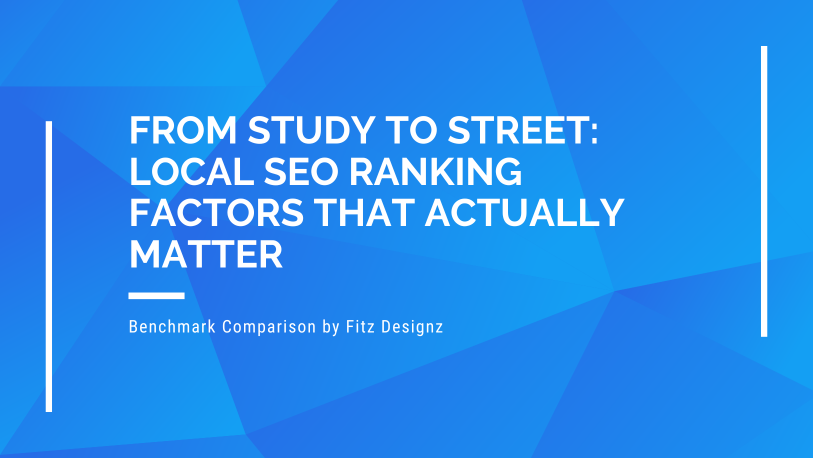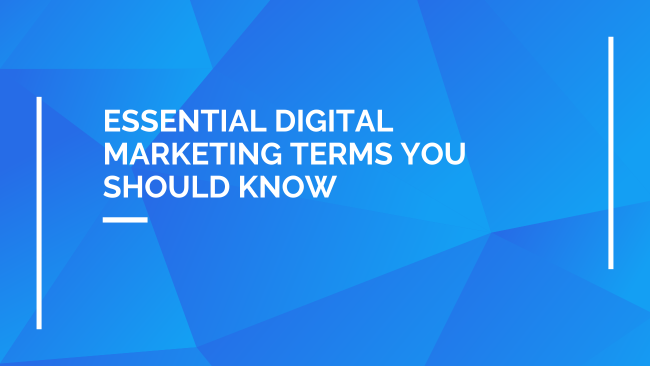The Role of Local Content in SEO: Mistakes and Best Practices
Local content is a cornerstone for improving search rankings. Around 46% of all Google searches carry local intent, meaning many users look for services or products nearby. By integrating localized keywords like “best HVAC in Santa Rosa,” a local HVAC Contractor can attract customers seeking that service and build trust as a local expert.
Well-crafted local content also boosts customer engagement and conversions because it meets immediate, location-specific needs. When content reflects local interests—say, a plumber writing about common home plumbing issues, it resonates with audiences. That connection often leads to shares, repeat visits, and more inquiries.
Another advantage is brand loyalty. Content that taps into local culture or events, seasonal flowers, community traditions, local health concerns, helps businesses become woven into the fabric of their community. Loyal customers often become repeat customers and refer others, amplifying growth.
Importance of Local Content
Localized content fosters trust and enhances authority. When brands reflect the culture, traditions, or issues of their communities, it creates a sense of belonging. For example, a fitness center might highlight local wellness drives or partner with community organizations. That shows more than commercial interest, it shows commitment.
These efforts also help with ranking. Search engines favor sites that use local keywords and proper location signals, so businesses appear in searches like “bookstores near me” or “coffee shops in [City].” The result? More visibility, more foot traffic, more conversions.
Engaging with local events or news also pays off. Blog posts about upcoming festivals, or features on local businesses or artisans, attract locals who want community-relevant content. That strengthens your brand identity and gives you content that people care about.
Common Mistakes in Local SEO
Many businesses damage their own visibility by overlooking essential local SEO elements.
- No website or weak web presence. Without a site, you miss chances to showcase services or products. A plumber without a website loses to a competitor who shows up online—even if your work is excellent.
- Ignoring Google Business Profile. An unclaimed or unoptimized profile can mean missed visibility. Profiles not updated with accurate hours, photos, or categories hurt chances for discovery.
- Inconsistent NAP data. Name, Address, and Phone (NAP) mismatches across online directories confuse search engines and users. For example, if your address shows differently on Google, Yelp, and Facebook, that inconsistency can lower trust and ranking.
- Missing local keywords in metadata. Title tags and meta descriptions without city names or “near me” phrases often fail to capture local intent. That means potential local searchers may not see you.
Best Practices for Creating Effective Local Content
- Dedicated local or neighborhood pages. If your business serves different areas, make pages for each location. Include things like community events, schools, landmarks, and local trends.
- Use local keywords across content. Place locality-based phrases in service descriptions, blog posts, headings, and metadata. Be natural; avoid stuffing.
- Ensure visible, accurate NAP info on every page. That helps search engines know where you are and builds trust with visitors.
- Tell stories rooted in local culture. Share experiences, customer stories, or local partnerships. That draws readers in.
- Keep content updated. Outdated info lowers trust. If you change hours, services, or add new events, refresh your blog or pages accordingly.
Optimizing Content for Local Search
- Update your Google Business Profile regularly with photos, videos, and offers. Active profiles tend to perform better in local search.
- Make your site mobile-friendly and fast. With many users searching from phones, speed and usability are critical.
- Apply structured data markup (schema) for things like reviews, menus, products, location. It helps search engines understand and display your content better.
- Produce content tailored to local needs—DIYs, guides, or tips specific to climate, culture, or community. That adds value beyond generic content.
Role of Google Business Profile in Local SEO
A complete, well-maintained Google Business Profile is vital. It lets you connect with customers through reviews, posts, and accurate info.
- Respond to reviews, both positive and negative. It shows you value feedback. Most consumers prefer businesses that engage.
- Update categories, hours, and services as changes occur. Avoid outdated information that frustrates customers.
- Use Posts to highlight events, specials, or changes. That adds freshness to your profile.
Value of Local Backlinks
- Partner with local businesses or sponsor community events to earn backlinks. Those links carry strong local relevance and authority.
- Guest post on neighborhood blogs or local news sites. Providing useful content there strengthens both exposure and authority.
- Engage in cross-promotions. A bakery might collaborate with neighboring coffee shops or schools, leading to natural linking opportunities.
Importance of User‑Generated Content
- Encourage reviews and testimonials. Authentic feedback boosts credibility.
- Run local contests or hashtag campaigns to prompt customers to share their experiences. That creates content you can re-use and amplifies reach.
- Feature customer stories on your site. For instance, success stories or local experiences that people relate to.
Technical SEO Considerations
- Use schema markup so search engines clearly understand your offerings, location, reviews, events etc.
- Monitor performance metrics: keyword rankings, traffic sources, bounce rate. Use tools like Google Analytics or Search Console to find weak spots.
- Ensure your site runs on HTTPS. Secure sites build trust and improve ranking.
- Test mobile usability. Fast load times, responsive layout, and clear navigation reduce bounce rates.
Emerging Trends in Local SEO
- Social media local engagement. Sharing local content on Instagram, Facebook, TikTok helps visibility and builds community.
- Local Services Ads (for applicable industries) give you top visibility for certain local searches.
Actionable Strategies for Local SEO Success
Putting this all together:
- Audit your current content, metadata, and Google Business Profile.
- Clean up NAP inconsistencies and claim all local directory listings.
- Develop localized content plan: neighborhood pages, local keyword-rich blog posts, customer stories.
- Engage with your community: events, collaborations, reviews.
- Monitor and adapt: analytics, performance, search behavior shifts.
To dive further into refining your local content strategy, explore trusted resources or partner with reputable experts like Fitz Designz at Fitz Designz. Strong local SEO can drive more foot traffic, improve conversions, and grow brand reputation.







